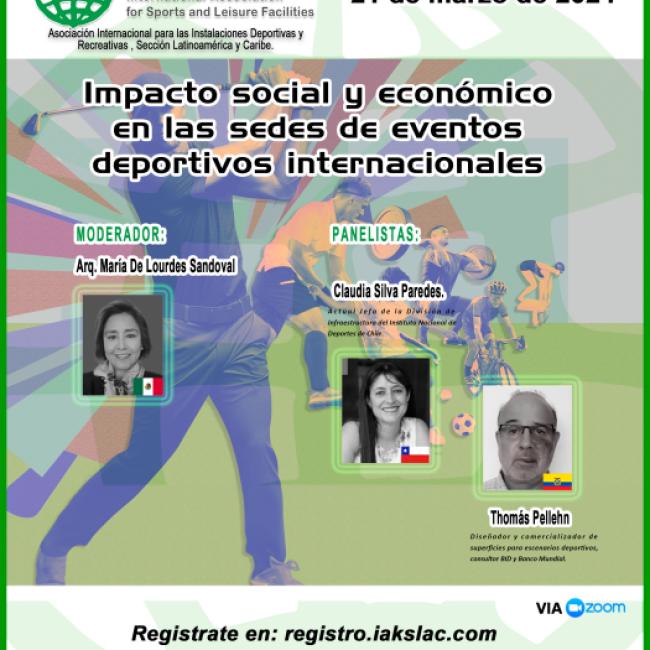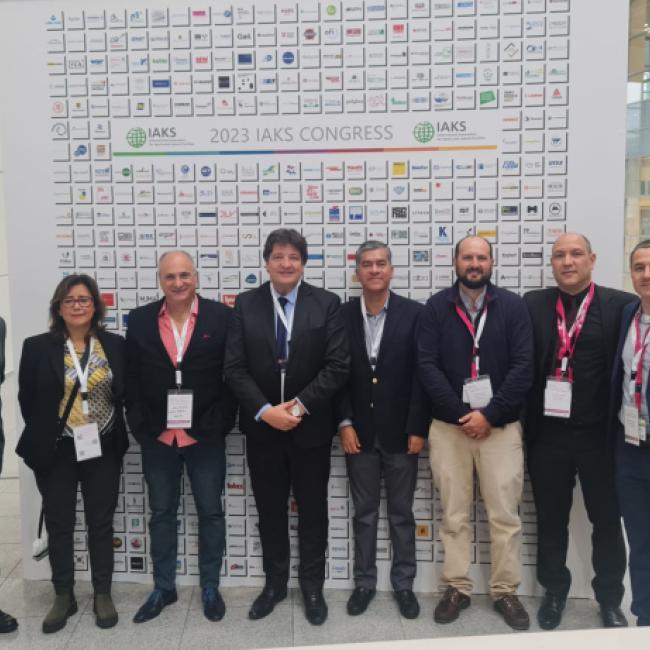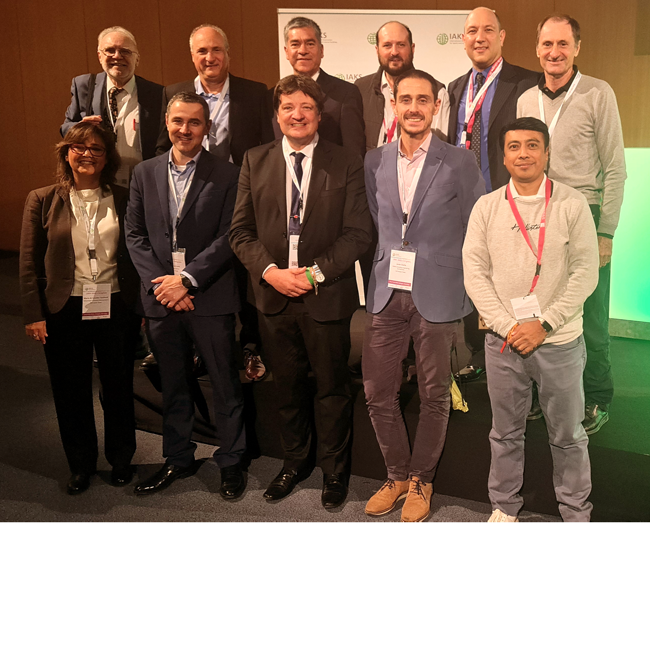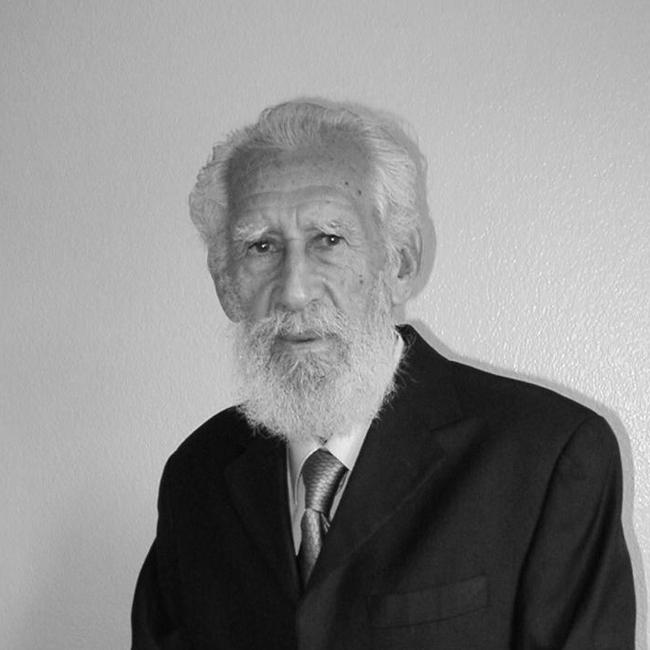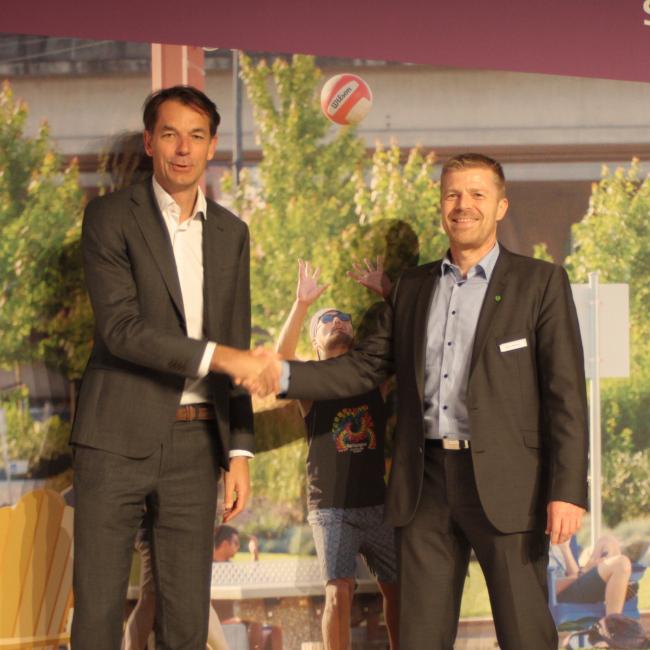On 4 May, IAKS members met online for the kick-off meeting of the new „Urban Activity Areas“ Expert Circle.
Under the guidance of Maria Keinicke / KEINGART architecture) and Holger Kortbek (Gladsaxe Municipality), both from Denmark, 18 experts from eight countries discussed the latest developments in urban physical activity, and the expectations towards urban activity areas by users and public authorities.
Cities are growing in size and number of inhabitants, building sites are expensive. Sport and leisure areas need to be prioritized at an early stage to secure public realm, open to everybody, low-treshold. User groups and their specific needs might create a conflict.
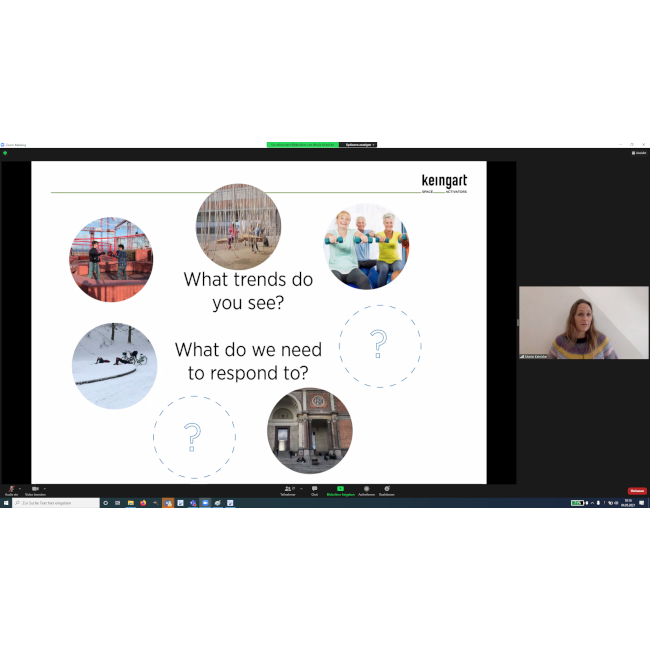
Expert circle leader Maria Keinicke from architecture firm KEINGART invites participants to develop new ideas for the changing demand of urban active spaces.
In her key note speech, Maria presented current challenges and trends in urban activity areas seen from Denmark:
- From indoor to outdoor
Due to closures during the pandemic, people have shifted their physical activity outside, e.g. gymnastics. Now that they have experienced activity outdoors, will they go back indoors? - From predefined to open practicality
Playgrounds and activity facilities will change from a dedicated function to a more open range of activities where people can unfold their creativity and take active part in shaping their surroundings. - From summertime to all year round use
Outdoor physical activity is no longer restricted to summertime but practiced all year round requiring suitable infrastructure such as surfaces, shelter, light. - From single to multifunctional use
Public space tends to offer more than one activity, also for socializing. Stairs for example may serve for rope exercise, relaxing, and meeting with friends. - From 3 to 6 age stages
What used to be 3 age stages in life (children - adults – oldies) is expanding to 6 stages: children, teens, youngsters, adults, seniors, oldies. Each group has different needs. The number of seniors and oldies is increasing. They are in good shape and lead a longer and more active life.
The participants exchanged their views on the situation in their countries. It was commonly agreed that unhealthy lifestyles start already at early childhood with wrong nutrition and lack of movement. Children need to explore what we call „fearful play“, taking sensible risks.
The trend observations from Europe, Japan and South America are:
- Germany: combine different uses at one place (e.g. calisthenics and playground), low-level approach for new user groups
- Switzerland: shifting the focus from the classical sports ground to any place for movement, new opportunities besides clubs and organized sports
- Denmark:
- Going for a walk (or walking the dog) is one of the main activities. Do we need more areas inviting people to walk, so that they can start from there to other activities?
- Get more people to go for a walk or ride a bike by „rewarding“ them. Municipalities should think of making the walking area / bike lanes more attractive.
- Nordic countries:
- In Norway, all year round swimming becomes more popular, more female than male swimmers.
- In Denmark, in 2020, the number of winter swimming increased + 40,000 members (three times more than for football)
- As mountain and winter sport activities have not been possible due to travel restrictions during the pandemic, municipalities shall seek to provide alternatives.
- Germany: request to create places for families to spend free time together. Family members have different needs (e.g. father: running, mother: relaxing, toddler: playground, son: football, teenage girl: hanging around).
- Japan: Using public space temporarily for physical activity may offer new solutions.
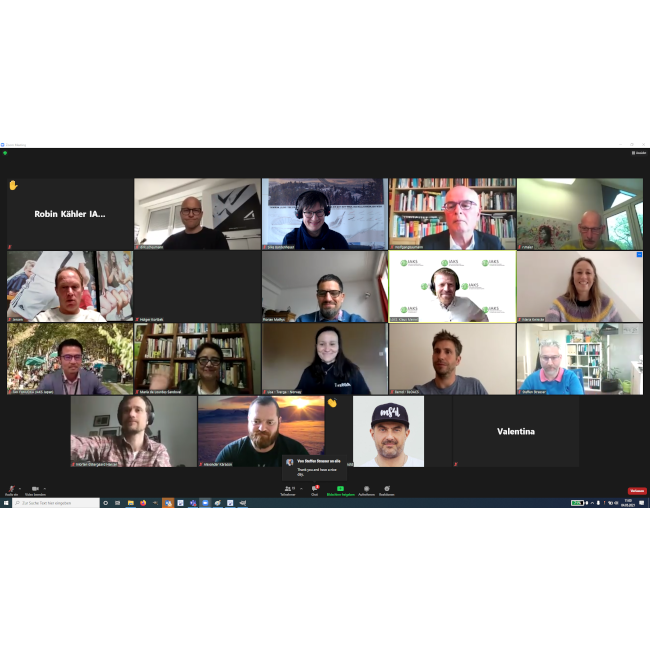
Summing up, the term „physical activity“ and “sport” will get a new connotation in society. In former times, one started with a certain sport, e.g. football in early childhood, and kept going with it for a lifetime. Today, youngsters and adults are open to testing and practising many different activities, even in parallel to each other.
The participants appreciated the exchange of knowledge and will continue the expertise in smaller working groups before they will meet in October during the FSB trade fair and IAKS Congress, hopefully in person.
